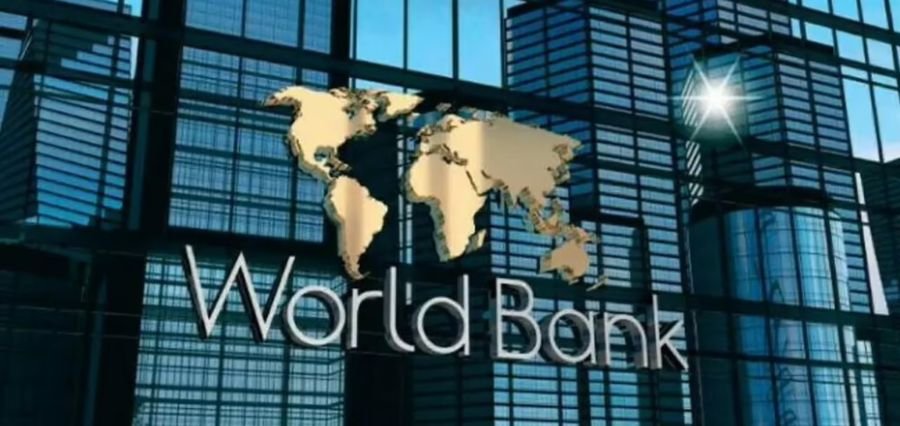Prime Highlights:
- MENA GDP growth to increase from 1.9% in 2024 to 2.6% in 2025 and 3.7% in 2026.
- Ease of OPEC+ production reductions, improved agriculture, and robust private consumption support the projections.
Key Facts:
- GCC economies, dominated by Saudi Arabia, spearhead the recovery—Saudi non-oil GDP growth to increase to 2.8% in 2025.
- Oil-importing countries such as Egypt and Morocco are cushioned by softer inflation and rising farm production, growing at 3.8% and 3.4% respectively.
- The region faces risks of long-standing threats—wars, climate shocks, volatile global markets and natural risks of low productivity resulting from below-par private sector.
Key Background
As per the World Bank’s April 2025 “MENA Economic Update,” the region gained only 1.9% GDP growth in 2024. Yet, projections suggest an improvement to modest 2.6% in 2025, again to 3.7% in 2026, though with a note of caution about the continuation of risks and uncertainties. The major contributors are OPEC+ oil production cut unwinding that favor energy exporters, and the recovery of farm production with firm private consumption in import-dependent economies.
In the GCC states, including Saudi Arabia, higher May oil output reinforces this momentum. Saudi Arabia itself is forecast to record 2.8% GDP growth next year, higher than nominal 1.3% growth in 2024, as its non-oil economy takes center stage.
While that is happening, Egyptian and Moroccan economies have better macroeconomic conditions. Egypt’s real GDP is projected at 3.8% in FY 2025, as is Morocco’s at about 3.4%, supported by weakening inflation and the recovery in farm markets. Internal consumption and learning from the easing of price pressures underlie these import-reliant economies.
Although on a positive note, the region is still at risk. Political instability, climatic conditions and global trade disruption can sabotage progress. The energy exporters are still exposed to reliance on oil price fluctuations, while importers are faced with possible capital flight and spillovers of regional conflict.
It has one of the structural limitations central to it being underdevelopment of the private sector. The majority of firms fall behind in investment, research and innovation, as well as training workers, with chronic productivity shortfalls and enormous informal sectors. In addition, female labor market participation is low, amounting to untapped human resources. The World Bank highlights that bridging this employment gap between women and men can increase per-capita incomes by up to 50% in representative MENA economies—a growth prospect for it to be inclusive.
World Bank officials emphasize that although modest progress is in motion, sustainable economic progress will need profound reforms: increasing market competition, formalizing businesses, human capital investment, and giving power to women. It is only by moving towards a dynamic private sector-driven model that the region can move beyond today’s fragility and achieve longer-term prosperity.
Read More: Sahara Energy and EEG Team Up to Plant 100 Mangrove Trees in Umm Al Quwain




